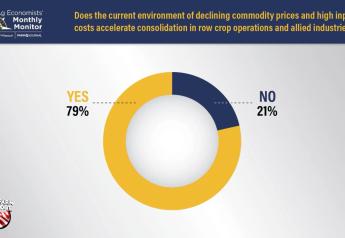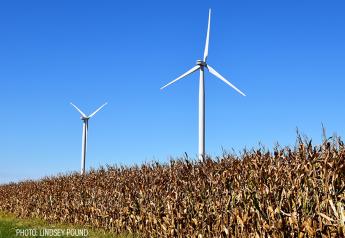Implications of BASF Purchasing Bayer's Seed Assets

Last week, BASF announced it will purchase Bayer’s seed assets for $7 billion. The deal includes Bayer’s LibertyLink businesses and the canola, cotton, and soybean seed operations.
Since Bayer is divesting the seed technology, it will allow Bayer and Monsanto to come closer to its merger. The companies are still waiting for regulatory approval from other countries, and selling the seed technology is believed to help alleviate competition fears.
“This is simply an asset sale rather than a merger, but nonetheless is a significant one in some markets” said Allan Gray from Purdue University’s Center for Food and Agricultural Business.
He said one of the things that was murky in the deal is BASF’s role as an ag chemical supplier and don’t have “significant play” in the seed industry.
“The other mergers, particularly Dow-DuPont and Bayer-Monsanto, show us that at least at the moment, chemical companies want a seed portfolio as part of what they’re bringing to the marketplace to bring us that whole package,” said Gray.
BASF will gain 1,800 additional employees as well as relevant intellectual property and facilities.
The Bayer-Monsanto merger is expected to be completed by 2018.







